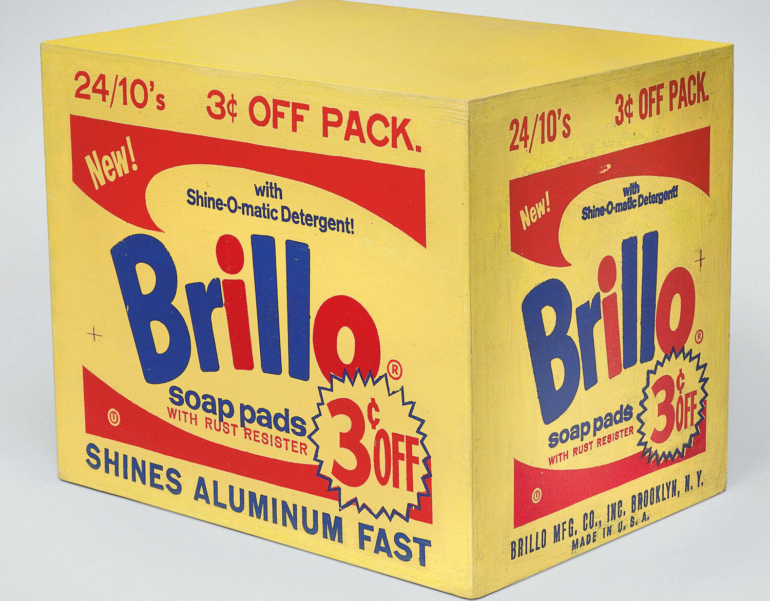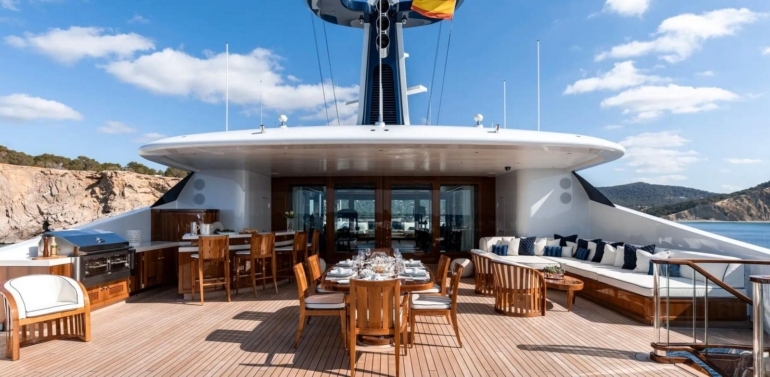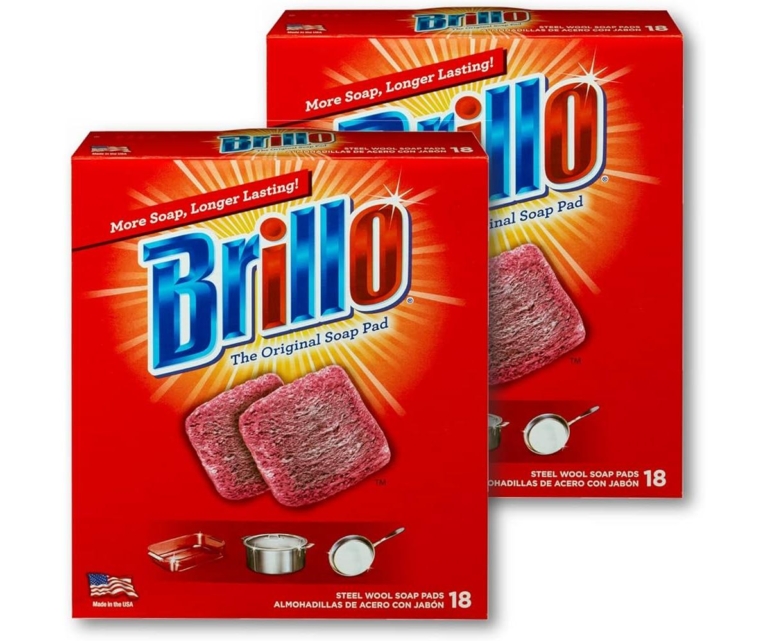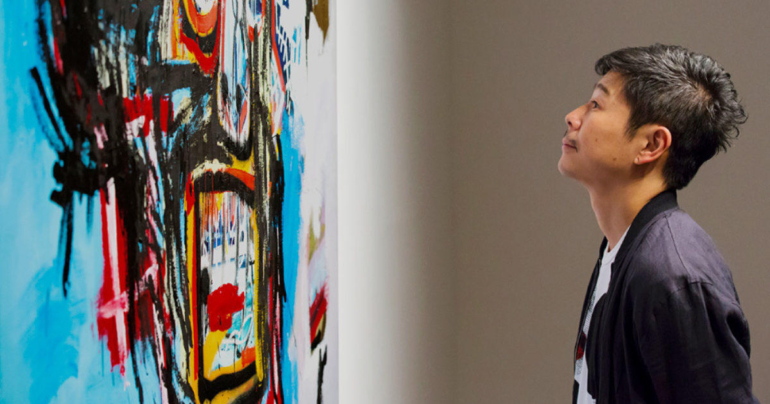What connection could Andy Warhol, Brillo Boxes, and superyachts possibly have? In 1964, the king of Pop Art and consumerism, Andy Warhol, dove into creating sculptures inspired by familiar products. Over six intense weeks in his iconic studio, The Factory, Warhol produced life-sized replicas of Brillo cartons, capturing the essence of the popular American brand of washing pads.

He designed three versions of these Brillo Box (sold for $3) sculptures, with the white, blue, and red square model becoming the most iconic. However, the yellow, red, and blue wooden Brillo Box (3 Cents Off)) fetched a jaw-dropping $3 million and inspired an HBO documentary.

With Brillo Boxes as context, let’s move to the connection with superyachts. Today, superyachts are more than luxury vessels; they serve as floating galleries for the ultra-wealthy. On one such yacht, an authentic Warhol Brillo Box sculpture ended up discarded in a wheelie bin because the crew didn’t recognize it as valuable art, according to Nautilus International. The financial implications of this mishap were significant.

Though the boxes were wooden, they so closely resembled the real Brillo packaging that they eluded the crew’s grasp of their true worth. This incident underscores the financial responsibility that comes with art knowledge among yacht crew to prevent the mishandling of valuable works, especially as the value of such art hinges on its pristine condition. While Warhol’s prototypes in lesser condition may sell for tens of thousands, their value drops dramatically without proper care.

Another incident involving Jean-Michel Basquiat’s masterpiece highlights the need for art awareness on yachts. Japanese billionaire Yusaku Maezawa chartered a yacht with his children, where an exceptional 1982 “Untitled” skull painting worth $110.5 million adorned the dining area. Startled by the bold artwork, Maezawa’s kids threw cornflakes at it. Though the crew rushed to clean it, their attempts only added to the damage. Uninformed of the painting’s significance, they inadvertently compromised its condition.

Fortunately, the piece was later restored by Pandora Mather-Lees, an Oxford-educated art historian and conservator, who remarked, “They are expected to know how to serve the owners at sea, not to know about paintings and art. But now that the rich are increasingly bringing their art collections on board, it’s vital that captains and crew know how to care for these pieces.”
With Basquiats nearly ruined and Warhols thrown in bins, the importance of educating yacht crews on art care is indisputable.

